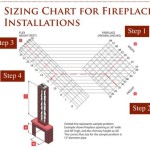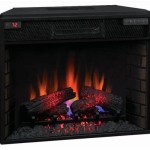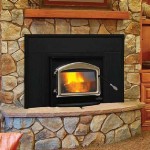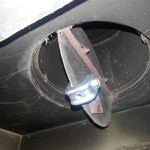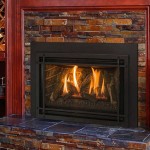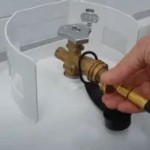Cast Concrete Fireplace Mantel: A Durable and Stylish Choice
A fireplace mantel serves as a focal point in any room, adding character and architectural interest. While various materials can be used for fireplace mantels, cast concrete has emerged as a popular choice due to its durability, versatility, and aesthetic appeal. This article will explore the characteristics of cast concrete fireplace mantels, highlighting their advantages, design considerations, and installation aspects.
Durability and Longevity
Cast concrete is renowned for its inherent strength and resistance to wear and tear. Unlike wood, which can be susceptible to moisture damage, insect infestation, or fire, concrete is a non-combustible material that can withstand extreme temperatures and environmental factors. This makes a cast concrete fireplace mantel a long-lasting investment that requires minimal maintenance. The inherent density of concrete also provides excellent sound dampening properties, contributing to a quieter and more comfortable living space.
The manufacturing process of cast concrete involves carefully mixing cement, aggregates, and water, followed by pouring the mixture into molds. These molds can be customized to create mantels of various shapes, sizes, and designs. Once the concrete has cured and hardened, it forms a solid and robust structure capable of supporting significant weight. This makes it ideal for displaying decorative items or even integrating functional elements such as shelving or lighting.
Furthermore, cast concrete mantels are highly resistant to cracking and warping, even under prolonged exposure to heat from the fireplace. This stability ensures that the mantel will maintain its structural integrity and aesthetic appearance for many years to come. The material's resistance to decay makes it a preferable option in high-humidity environments where wooden mantels are prone to deterioration. The longevity of cast concrete reduces the need for frequent replacements, saving homeowners time and money in the long run.
Design Versatility and Aesthetics
Cast concrete offers a significant degree of design flexibility, allowing homeowners to achieve a wide range of aesthetic styles. The concrete mixture can be tinted with various pigments to create custom colors that complement the surrounding decor. The surface can also be treated with different finishes, such as polishing, staining, or texturing, to achieve the desired look and feel. From sleek and modern designs to rustic and traditional styles, cast concrete can be tailored to match any interior design scheme.
One of the key advantages of cast concrete is its ability to mimic the appearance of natural stone or other materials. Through the use of specialized molds and finishing techniques, concrete mantels can be made to resemble limestone, marble, or even wood. This provides homeowners with the opportunity to achieve the look of more expensive materials at a fraction of the cost. The subtle variations in color and texture that occur naturally in concrete add to the material's unique character and visual appeal.
Modern manufacturing techniques also allow for the creation of intricate designs and custom shapes that would be difficult or impossible to achieve with other materials. Cast concrete mantels can incorporate ornate carvings, geometric patterns, or even personalized inscriptions. This level of customization allows homeowners to create a truly unique and eye-catching focal point in their living space. The material's ability to be molded into complex shapes also makes it suitable for contemporary designs that embrace clean lines and minimalist aesthetics.
Installation and Considerations
The installation of a cast concrete fireplace mantel requires careful planning and execution to ensure proper support and stability. The weight of the mantel is a primary factor to consider, as it will require adequate structural support from the wall. It is generally recommended to consult with a qualified contractor or installer to assess the wall's load-bearing capacity and determine the appropriate installation method.
Depending on the size and weight of the mantel, it may be necessary to reinforce the wall with additional framing or structural elements. Various anchoring systems can be used to secure the mantel to the wall, including bolts, screws, or specialized adhesive. It is crucial to use high-quality materials and follow the manufacturer's instructions to ensure a secure and long-lasting installation.
During the installation process, it is important to protect the surrounding surfaces from damage. Drop cloths or protective coverings should be used to prevent scratches or stains. The mantel itself should be handled with care to avoid chipping or cracking the concrete. Once the mantel is installed, it may be necessary to apply a sealant to protect it from moisture and stains. This will help to maintain its appearance and prevent damage from spills or other contaminants. Regular cleaning with a mild detergent and water is also recommended to keep the mantel looking its best.

Newport Cast Stone Fireplace Surround Oregon Castings And Design

Contemporary Cast Stone Fireplace Mantel

Cast Stone Fireplaces So Much Better With Age

Verona Cast Stone Fireplace Surround Oregon Castings And Design

Diy Faux Cast Stone Fireplace Part 2 Building The Mantel Top Shelf

Avalon Cast Stone Fireplace Mantels Old World Stoneworks

Verona Cast Stone Fireplace Surround Surrounds

Custom Mantels Ut Stone Mountain Castings Design

Davinci Design

Whitmoore Cast Stone Fireplace Mantels Old World Stoneworks
Related Posts

